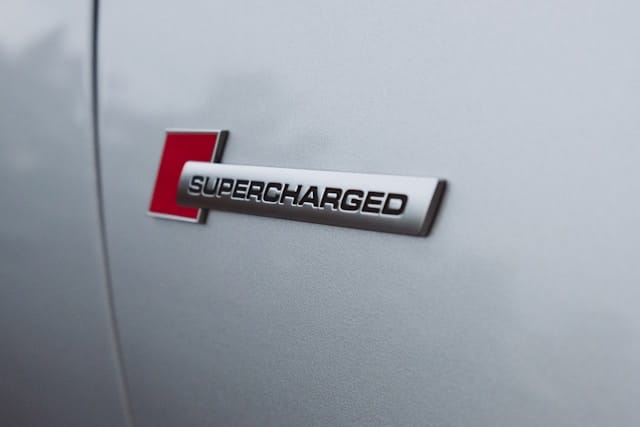Generating Artificial Gravity Through Acceleration 101

Sebastian Gutierrez
Published: Apr 4, 2025

What Is Artificial Gravity Through Acceleration?
Artificial gravity through acceleration is exactly what it sounds like: using acceleration to simulate the effect of gravity.
Einstein’s equivalence principle tells us that acceleration and gravity are indistinguishable in many physical systems. That means if you’re in a spacecraft accelerating at 9.81 m/s² (Earth gravity), you’d feel as if you’re standing on Earth even though you’re in deep space.
There are two main types of acceleration:
- Linear acceleration – Imagine a spacecraft accelerating constantly in a straight line
- Rotational acceleration – A spinning wheel or centrifuge mimics gravity via centrifugal force
Why Does It Matter?
Gravity affects biology, chemistry, fluid behavior, material properties and yet it’s something we don’t yet control in space.
If we could create gravity-like conditions, we could:
- Run better biotech experiments
- Manufacture new materials and crystals
- Prepare astronauts for Moon and Mars gravity
- Reduce health risks from microgravity
For scientists, engineers, and founders, it’s about turning gravity into a variable we can design with, not just live under.
Where It Shows Up in Space
| Environment | Application |
|---|---|
| Rotating stations (fictional and experimental) | 2001: A Space Odyssey, Stanford Torus, Vast’s Haven-1 |
| Parabolic flights | Short bursts of varied gravity (including 1G, 0G, and 2G) |
| Linear acceleration in sci-fi | The Expanse’s ships “burning” to maintain gravity |
| Prototypes like Spark Gravity V0.1 | Simulating 1.5–2G on Earth with a spinning arm |
| NASA studies (80s–present) | Animal centrifuges, short-radius AG concepts |
Common Misconceptions
-
❌ “You need to spin a giant space station to create gravity.”
✅ You can simulate gravity even with small-scale spin (e.g., a 0.5m arm at 2.5 rad/s). -
❌ “Linear acceleration isn’t real gravity.”
✅ It produces identical effects on the body and instruments. Einstein himself used it as a thought experiment. -
❌ “Artificial gravity is too complex to test on Earth.”
✅ Spark Gravity is proving otherwise. We are starting with low-cost builds and measurement tools.
A Worked Example:
Linear Acceleration = Artificial Gravity
Let’s say you want to simulate Earth gravity (9.81 m/s²) using constant acceleration.
Starting at time 0 with 0 velocity and 0 acceleration, we start our linear acceleration vehicle.
Here’s what happens.
| Time (s) | Velocity (m/s) | Distance (m) |
|---|---|---|
| 0 | 0 | 0 |
| 1 | 9.81 | 4.90 |
| 2 | 19.62 | 19.62 |
| 3 | 29.43 | 44.14 |
| 4 | 39.24 | 78.48 |
| 5 | 49.05 | 122.63 |
This assumes no friction and constant acceleration.
But here’s the catch:
Maintaining 9.81 m/s² requires continuous thrust and the energy required increases rapidly.
That’s why linear acceleration is elegant but not practical for long-duration missions without massive propulsion systems.
How Spark Gravity Connects to This
At Spark Gravity, we’re exploring rotational acceleration first because it’s more energy-efficient and controllable.
Our first prototype (V0.1) uses a phone spinning in a bucket to simulate up to 2G.
Later versions will:
- Use sensors and Arduino control
- Simulate programmable G-profiles (e.g., Moon → Mars → Earth)
- Provide modular gravity environments for biology and materials science
We’re making artificial gravity a design tool, not just a sci-fi trope.
Want to Go Deeper?
Stay in orbit with Spark Gravity
Subscribe for new posts, interviews, and updates on artificial gravity, space infrastructure, and orbital research.
No spam. Just updates on space, science, and the future of gravity.